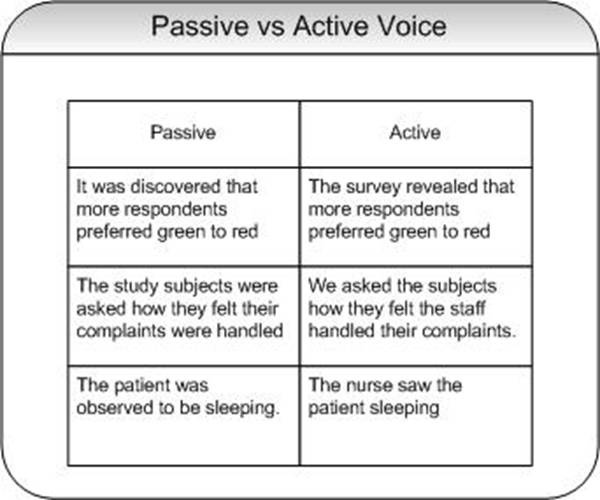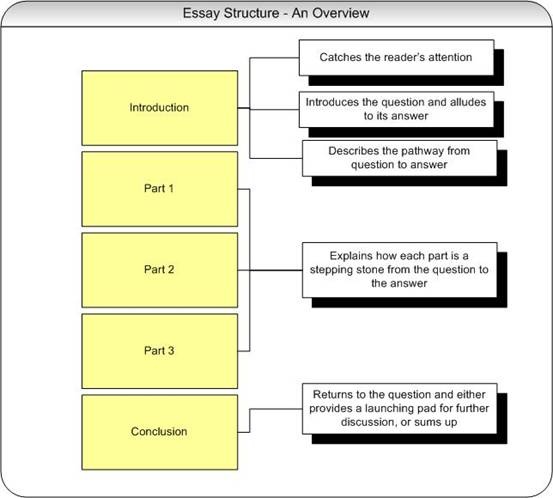Introduction to writing up research

Contents
- 1 How to write up a research report
- 2 Writing for publication
- 3 Identify the subject
- 4 Find a target publication
- 5 Prepare the manuscript for submission
- 6 Reflection
- 7 Prepare a convincing argument
- 8 Stake out your premises
- 9 Write a convincing manuscript
- 10 Document structure
- 11 Submit your manuscript
- 12 Review
- 13 Read the reviewers' reports thoroughly
- 14 After final revisions
- 15 Web Resources
How to write up a research report
It's all about having a plan!
Writing for publication
Publication is the main mechanism by which research-derived information is aired in the academic community. Researchers will submit the results of their studies to specialised journals which will then subject these submissions to panels of experts to evaluate the robustness of the research and of its results. Once accepted, these submissions will provide valuable information for others who are interested in the discipline or specific area of study.
Never too soon!
It is never too soon for a budding researcher to think about publishing the fruits of his or her study. Seeing one's own work in print is a gratifying and motivating experience that is well worthwhile exploring. But, any student who anticipates doing honours or further post-graduate work will find that publishing is important preparation for a career and a useful skill to cultivate in any field.
Steps toward publication:
- Identify the subject
- Find a target publication
- Prepare the manuscript for submission
- Read the reviewers' reports
Identify the subject
How do you know if you have anything to write about?, it may seem challenging to find anything worthy of publishing. But, you might be surprised. The literature reviews that you undertook in your research, the questions for which you simply can't find answers in the already-published literature, and even your own critical reflections may be very useful topics for publication. If you would like to write, or if you have an material worthy of publication, start by discussing your ideas with peers or those who have published who may have some very helpful advice to get you started.
Once you have decided what you are going to write about, you need to read widely on the subject and find out what has already been published. As you read, you will also get a sense of what hasn't been published, and this can help you to formulate your own work. Even if you don't have the answers right away, in a first instance, your publication might simply be written to point out a gap in the literature and the imperative to fill it. This mirrors the research process.
Find a target publication
It is important to determine where you are submitting your manuscript before you start writing, because the way you write it will depend on the target publication's requirements.
Who will be interested in reading what you have to say? Is this a topic that will appeal to specialists? To a wide general audience? To practitioners? Answering these questions will help to guide you toward the suitable publication.
Once you have determined who you want to reach, you have to discover what they are likely to read. Look at a range of publications targeted at the audience you have identified, and see which ones are most likely to be interested in your topic. How can you tell? Take an issue off the shelf and read through it. Do they have articles on similar subjects as the one you wish to present? Is it written in a level of language that you can master?
If you think you have decided to which journal you should submit, take out a number of issues and study them carefully. Look at the annual indexes and make sure that no one has stolen your thunder by already submitting on the same topic as you. Become familiar with the tone and style of the journal.
Prepare the manuscript for submission
It's all about having a structure!
Because of their varying readership, journals all have different requirements for their articles. Before you submit you should check the level of language, the length, the referencing style, the headings and sub-headings, and the type of articles they will accept, so that you can adjust your submission to their requirements.
Kinds of articles
What are the kinds of articles that might be contained in a journal?
Prepare a convincing argument
When you submit something for publication, you are trying to take a position that you think will be of interest to external readers.
What does this mean? It means that you need to believe in something, and convince the reader why they should too.
The argument is the position you are taking in your article. It is important to identify your argument, because it provides the structure to the rest of your essay.
Stake out your premises
An argument then must be supported by premises. Premises are the facts that you use to explain why you have adopted a particular argument. These are the points that you are making to convince your reader that your argument is valid and based on solid evidence. From a structural point of view, each premise becomes a subpart of your essay. Your conclusion will logically follow from your premises.
To be effective, premises must not only follow a logical pattern, they must be based on well-researched information. This is where you will incorporate the beliefs and assertions of established academics, and knowledgeable researchers in the discipline, as well as any independent research you may have undertaken yourself. Be careful not to rely too heavily on anecdotal information, but to seek a high level of evidence for your claims.
Should we avoid the passive voice?
We should make sure that when we use the passive voice, we do so intentionally, and should only do so after reflecting upon whether an active construction is possible and if it would be more effective.
Write a convincing manuscript
Please see the wiki on "Academic Writing" for more details of the nuts and bolts of effective writing. However, a few important thoughts to keep in mind are:
- Create structure for your article with strong topic sentences, good transitions, and linking words.
- Read and re-read your work, getting as much feedback and advice from experienced writers in your field as you can.
- Leave your work for a time and come back to it to see if your thinking has evolved.
- Get someone else to read it and get their feedback on the clarity of the article.
Document structure
If it's all about structure, you had better put a good structure in place for your written work. The structure needs to be present in the entire written document, but also in each part of the document.
Once you know what you are going to write about, you have to make the framework for your written work. It always involves writing an introduction that attracts the reader's attention, shows the reader what the question you are going to answer will be, and describes the pathway that the essay will take to get from the question to the answer.
The writing will reflect the disciple and the method. It may be scientific and will follow a specific format, or on the other hand could be a narrative account.
Submit your manuscript
All journals provide instructions to authors for submitting manuscripts. Normally, these will be found on the journal web page, or in the pages of the journal itself. If they are missing, you should email or write to the editor requesting submission instructions. Conventionally, one does not have to approach the editor and "put out feelers" in an academic publication (in a trade magazine, however, it is advisable to make preliminary contact.
Example of submission requirement of Otago Polytechnics 'Juncture The Journal for Thematic Dialogue' http://www.junctures.org/submissions.php
The instructions will provide strict guidelines about the way the manuscript needs to be prepared, including formatting, reference and citation style, and nature of articles. Make sure to adhere to these rigorously. Also, note how many copies of the manuscript will be required for review, if they can be emailed, or must be printed, and whether they are blinded for peer-review.
Review
- What is peer review?
- What is blind review?
What next?
Reviewing can take anywhere from a few weeks to months! A manuscript may be sent to one or several reviewers, who will send their advice back to the editor. The editor will then contact the writer with the view that the article is suitable for publication 'as is,' will be suitable for publication with modification, or is not suitable for publication. Accompanying this view will normally be the reviewers' reports, and their comments about the manuscript, its strengths and weaknesses.

Read the reviewers' reports thoroughly
A reviewer's report is a very helpful form of feedback. Often, the reviewer will point out things that help you strengthen your argument, for which you will be grateful. Sometimes, you will disagree with their points of view. If the editor has accepted your manuscript with modifications, you should take the readers' suggestions, point-by-point, and either incorporate the changes, or justify why you won't make the changes.
When you resubmit your revised manuscript, present it with a cover letter and a point-by-point response similar to the one below.
After final revisions
With a bit of luck, you will successfully convince the editor that your revisions are adequate, and the article will go to print. There may be many weeks, or even months before the final publication. You will, in most cases, receive several sets of proofs prior to publication. The first will be accompanied by questions from the copy editor or substantive editor about content, spelling, punctuation and references. You should read these proofs very carefully to ensure that no blocks of text are missing, no words transposed, and all questions are answered. Prior to publication, you will probably receive the text of your article in its final formatted form. Again, you should read these pages carefully to ensure nothing is missing. You will not be able to make author corrections at this point without significant impact on the rest of the publication, but you should ensure that the publishers have made no mistakes with your work.
If you don't manage to convince the editor to accept your revisions and publish your paper, don't despair! Seek advice from someone you respect from within the field, and seek other publication outlets. What one journal may reject, another may covet.
Good luck!
|
Journal example article http://jtc.colstate.edu/Vol5_1/Castillo.htm Literature review [http://www.languages.ait.ac.th/EL21LIT.HTM http://www.languages.ait.ac.th/EL21LIT.HTM Referencing http://www.languages.ait.ac.th/EL21REFP.HTM How to write research article http://www.eclibrary.ca/library/content/view/67/223/ |




